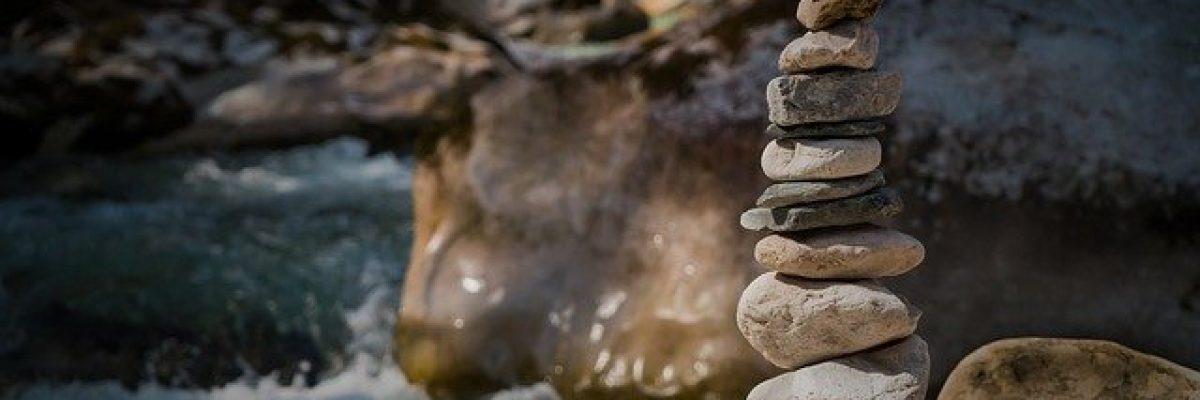The pain relieving expert gets to the bottom of it – coccyx pain, that is, pain at the southern end of the spine. Not the pain in the lower back, one floor lower, my friends. The expensive seat cushion will be NOT able to cure that…. that much in advance. Ready? Here we go. Shall we?
What’s the standard procedure for this kind of pain? Potentially you go in the WorldWideWeb and hit the search engine… and typed in… “coccyx pain and reason” or something like that. Oh, yeah, of course: the fall i´ve had in the last week. That must be the cause. But what if it’s been going on for a while? With the pain?
What does the search engine say: “Sometimes injuries occur years before symptoms appear” and then: “Pain when sitting, having a bowel movement and during sexual intercourse. ”
“And if something’s broken and I haven’t noticed it”…you might think. All in all, very unpleasant. Women, mostly in middle age, suffer from coccyx pain five times more often than men. That’s the first clue. Why?
Pregnancy. If you look at the structure of the coccyx and the surrounding structure of cartilage and muscles, you will see that it is basically (very simplified) a stable structure suspended in a network of muscles, tendons and fascia. Let us further assume that an accident, i.e. a trauma, has occurred. In order to maintain the function of the pelvis, the body reacts with muscle tension in the pelvis. As is usual with tension, the muscle is then under stress.
Has anyone ever tried to tense their biceps for just one hour, i.e. with full force? That’s not possible, is it? Because the burning in the biceps makes that impossible. The same thing happens, only offset in the pelvis. And over days, weeks, sometimes years. No wonder it hurts. It works in the biceps, works further south, too. ![]()
But what if the pain has now become a constant companion, over months, years? And then comes the doctor’s diagnosis: osteoarthritis of the coccyx. How does a normal person sit? He doesn’t sit on a large gluteal muscle. No. He sits more on the anterior pelvic floor, the ischial tuberosities and the coccyx, and on the upper part of their thighs. Similar to a cyclist – they sit on the saddle, all the time, just on the pelvic floor.
What does sitting do to the pelvis? From the front, shortened muscles in the chest, abdomen and legs pull the torso forward, while the back extensors tense against the forward pull. Almost 24 hours a day. Without compensation through varied movement, the muscles and fasciae become increasingly inflexible over time. The pressure on the vertebrae, joints and intervertebral discs and also in the pelvic area on the coccyx increases increasingly. It is therefore most important to understand the pain as an alarm signal. Our body has so-called pain receptors on the bones with which it can very well measure the muscular tension conditions on the pelvic floor. This also applies to the sensitive coccyx.
Pain stimuli caused by muscle tension are therefore transmitted more strongly and more quickly from the free nerve endings to the brain. If there is also irritation of the nerves, often no soft seat ring will bring the hoped-for relief. (I already told you that at the beginning.)
Seat cushions and medication bring relief at first – yes. But they do not solve the cause. And once the body has adjusted, the pain comes back. Or the dose has to be increased. So it’s not a long-term strategy. What could a solution look like? What would I do?
Ok. I would expand the structures in the body that are too short. To turn off the alarming pain. One time? No… this is the new thing you do every day from now on. Why?
After all, it took you years to cause the coccyx condition yourself. One time won’t help permanently. Does that make sense? How soon do you want the problem to go away?
Those who have followed me this far may be interested in a shortcut. Expert knowledge for a fee. Does that work? Make up your own mind. ![]() I invite you. And I look forward to hearing from you.
I invite you. And I look forward to hearing from you.
You know, how to do that, right?
Many success on your path.
See you next time.
Matti













